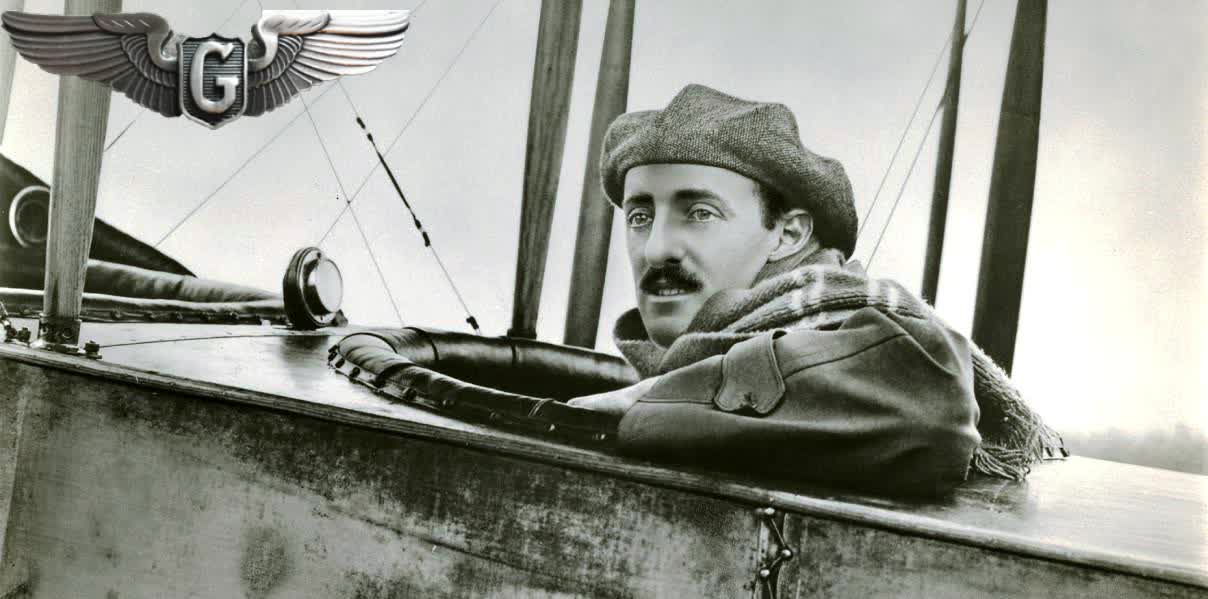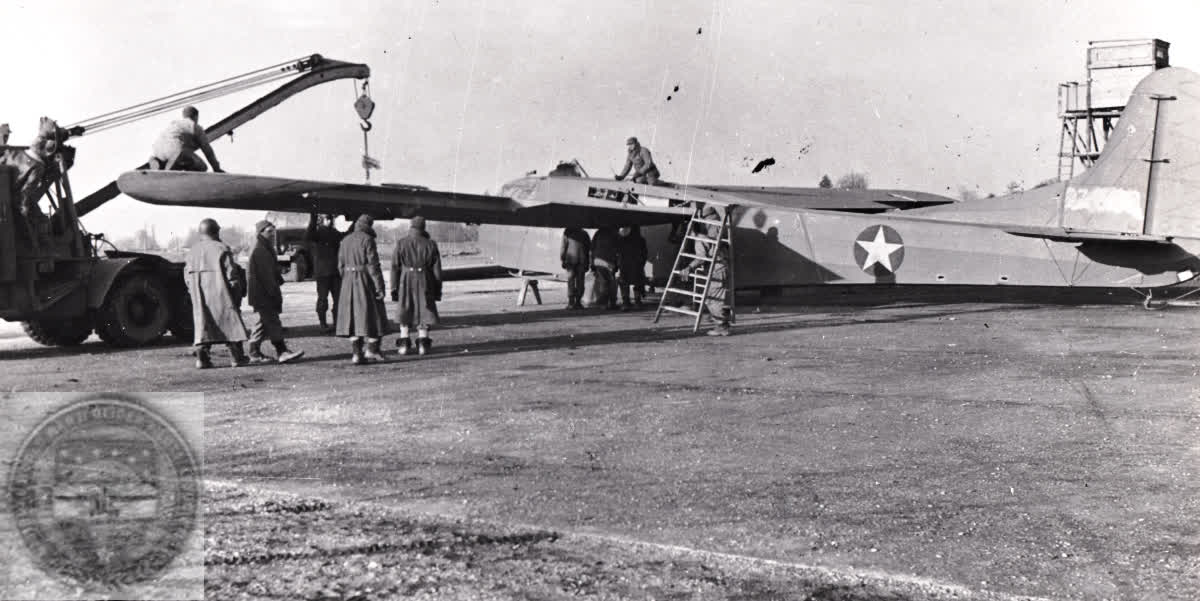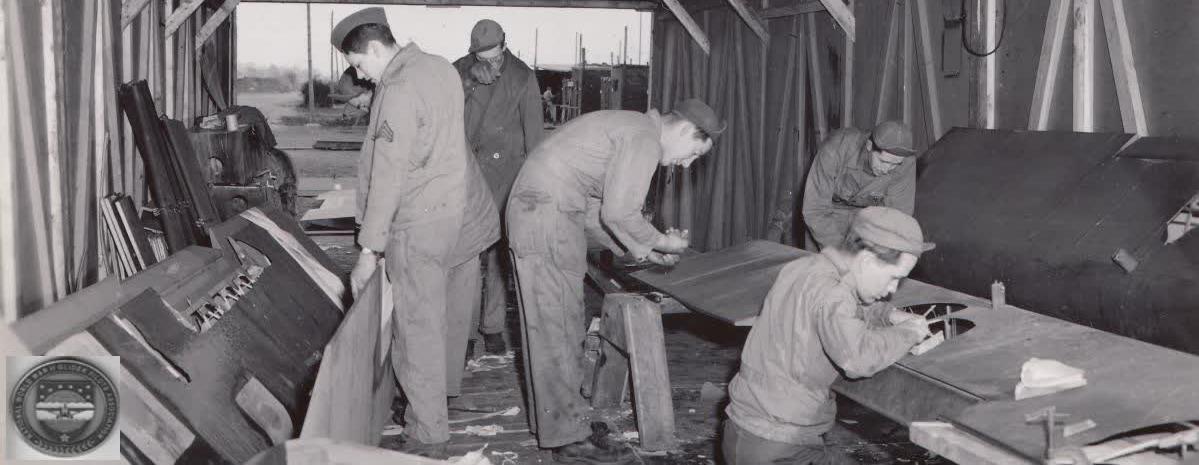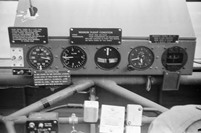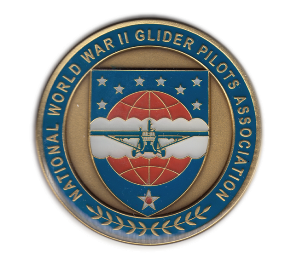National WWII Glider Pilots AssociationLegacy Organization of veterans National WWII Glider Pilots Association. | ||
CG-4A WWII CARGO “combat” GLIDER
Some Interesting Facts About the Glider Program and the CG-4A
Some Interesting Facts About the Glider Program and the CG-4A
|
The CG-4A glider, (C-for cargo, G-for glider) was the mainstay of the U.S. Army Air Forces glider arsenal. It was designed by the Waco Aircraft Company of Troy, Ohio using specifications for a 15-place cargo glider given to them by the U.S. Army Air Corps Glider Branch at Wright Field near Dayton, Ohio. Francis Arcier, a Waco vice-president and chief designer, is referred to as the “father” of the CG-4A. Nearly 18,800 CG-4A gliders were contracted for delivery from the middle of 1942 through the middle of 1945. Cancellations at the end of the war resulted in only 13,903 delivered. The Ford Motor Company, one of the 16 prime contractors building the CG-4A , turned out 4,198 units, far beyond the second best producer with 1,509 units. Some of the other prime contractors included Cessna Aircraft, Gibson Refrigerator, Northwestern Aeronautical, Pratt Read, Laister-Kauffmann, and eleven others. Typical with aircraft production, there were well over 100 sub-contractors supplying components and parts to the prime contractors. Government design and production requirements and contractor limitations required that no aluminum be used in the gliders and current powered aircraft manufacturers could not be contracted with to build gliders. Many sub-contractors were specialists in steel tube or wood manufacturing such as Steinway Piano, Heywood Wakefields Lloyd Manufacturing, Villaume Box and Lumber, Store Kraft of Nebraska, Roebling Wire Rope (Brooklyn and other bridges), plus catsup, beer and pickle manufacturers Anheuser-Busch and H. J. Heinz. More than 70,000 individual parts made up the CG-4A. After acceptance, some 7,000 modifications were made to the aircraft. None of these modifications were a major change and most applied to specific individual contractors to better accommodate their production facilities and methods. Uniquely, the nose of the CG-4A could open upward, out of the way, to facilitate loading and unloading of cargo or mobile vehicles. It could carry a one quarter ton truck (Jeep), or a one quarter ton trailer fully loaded with combat, medical or radio equipment, or a 75 mm howitzer, or a 37 mm anti-tank gun, or 57mm anti-tank gun, or a specially designed airborne bulldozer for runway construction. Four powered glider models were developed but only ten PG-2A (CG-4A with 200 hp engines) were produced in early 1945. The powered models (PG-nicknamed PIGS) flew with success and at least one was in service and joined the new US Air Force in 1947. Although seventeen other glider designs were begun during 1942-45, with twelve becoming “X” flight test articles, only the CG-3A, CG-4A, CG-15A and CG-13A were contracted as production USAAF gliders. The nine place CG-3A was the first WACO design. The CG-15A was an improved CG-4A with flaps, higher tow speed and higher weight carrying capacity. The CG-13A was designed to provide larger load capacity similar to the British Horsa. Neither the CG-13A, nor the CG-15A was produced in sufficient quantity, or in time for combat use. The CG-4A was not designed to be a thing of beauty - and certainly it was not considered to be an attractive aircraft. Most Air Force power pilots joked about its ungainly appearance but few of them poked any funny remarks at the guys who flew them. The glider pilots were an independent, tough, ready-to-fight group of pilots and they certainly were not backward in letting anyone know that the "G" on their silver wings stood for “Guts.” The aircraft they flew with such abandon and ease was a strut-braced high-wing monoplane that could carry more than its own weight in payload, and frequently did. The wing, constructed around a front, box spar and a rear “I” spar, had wooden ribs, and was plywood covered except for the trailing edge. The plywood was covered with doped, painted, cotton aircraft fabric. The control surfaces were fabric covered except for the leading edges which were plywood. The wing tips were elliptical and there was little dihedral. The fuselage was a very strong welded steel tubing frame covered with doped, painted aircraft fabric (this was not canvas). The floor of the cargo compartment was a rectangular integral box, plywood construction and had tremendous strength and rigidity rated to carry more than 300 lb per square inch. The cockpit was a welded steel tubing frame covered with fabric and plywood. The combat employment of the glider in the huge invasion of France on D-Day occurred less than three years after AF General Hap Arnold told a glider graduating class of six student pilots that the United States would have a glider force "second to none in the world." Before September, 1942 AF records listed no glider pilots. In going to work to build such a glider force, CM files were checked but only 160 licensed civilian glider pilots were found in the United States. Of these, only 25 were sufficiently experienced to be instructors. They were put to work immediately to train Air Corps rated pilots for key positions. Enlisted men and thousands of recruited civilians were selected as pilot trainees. As they were trained, the best were retained to instruct others and thus the training organization developed. Soon after training was underway, all gliders were grounded for technical reasons. Abandonment of the program seemed probable. However, the glider survived this critical period and on the night of July 9, 1943, took part in the first Allied airborne operation in WWII. Allied gliders took off that night from an airfield in Tunisia. The destination was Axis-held Sicily; their cargo, British airborne troops. In spite of the many difficulties encountered on a first mission of this nature (and there were many), enough of the gliders got through to successfully complete the mission. The glider in combat had proven itself and its use continued to build. |
GLIDERS
|
CG-15
|
|

